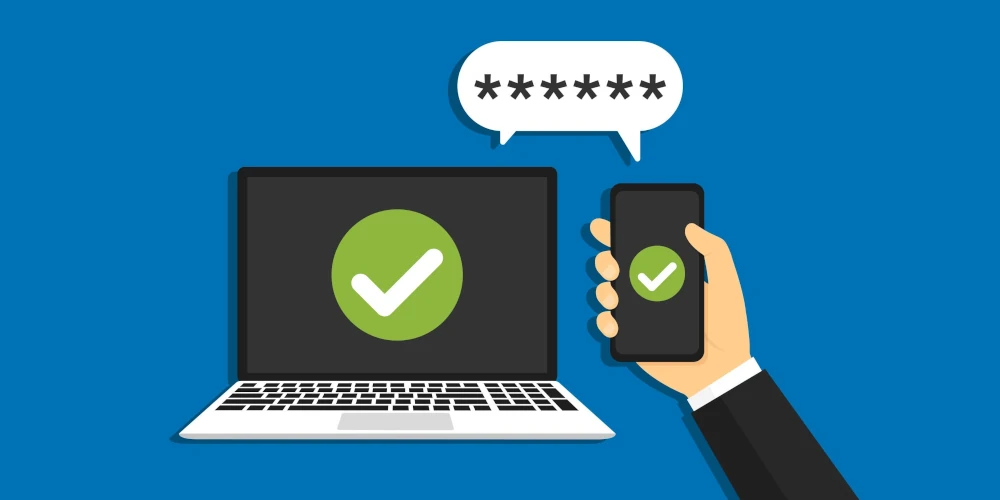
In an era where data breaches and unauthorized access have become everyday news, securing your online accounts and personal information is more critical than ever. One of the most effective methods to enhance account security is through Two-Factor Authentication (2FA). But what exactly is 2FA, and why is it considered an essential layer of security? This article aims to answer these questions and provide a comprehensive understanding of the role of 2FA in modern cybersecurity.
What is Two-Factor Authentication (2FA)?
Two-Factor Authentication is a security measure that requires users to provide two different forms of identification to access an account. The two factors usually involve something you know (like a password) and something you have (like a mobile device). By requiring two forms of identification, 2FA makes it significantly more difficult for unauthorized users to access your accounts, even if they have your password.
Types of Two-Factor Authentication
- SMS-based 2FA: A temporary code is sent to your mobile phone via SMS, which you must enter along with your password.
- Authenticator Apps: Apps like Google Authenticator generate time-sensitive codes that serve as the second factor.
- Hardware Tokens: Physical devices that generate security codes and must be physically present to log in.
- Biometrics: Fingerprint or facial recognition can serve as the second factor in some instances.
- Email-based 2FA: A temporary code or link is sent to your email address, which you must use to complete the login.
Why Is 2FA Important?
Enhanced Security
A password alone is often insufficient to protect your account. If someone gains access to your password but doesn’t have the second factor, they cannot access your account.
Reduced Risk of Identity Theft
2FA makes it significantly harder for someone to impersonate you, as they would need both your password and your second authentication factor.
Compliance
Many industries and services require 2FA as part of their security protocols, making it not just a best practice but often a requirement.
The Drawbacks
While 2FA provides an additional layer of security, it is not entirely foolproof. Here are some drawbacks:
- Inconvenience: The additional step can be cumbersome and time-consuming.
- Technical Issues: If your mobile device is lost, stolen, or simply out of battery, you may find it difficult to authenticate.
- Phishing Risks: Sophisticated attackers can sometimes trick users into providing both their password and the second factor.
Conclusion
Two-Factor Authentication is an indispensable part of a robust cybersecurity strategy. While it does have some limitations, the benefits far outweigh the drawbacks. By incorporating 2FA into your security practices, you add a much-needed layer of protection that makes unauthorized access considerably more challenging.
By understanding what 2FA is and actively using it, you’re taking a crucial step in protecting your online identity and sensitive information.



